To understand how to put on a traditional Japanese kimono? First of all, it is essential to know the pieces of this Japanese clothing and the accessories which compose it.
So we will see in this article the list of accessories necessary to wear this traditional clothing. Then we will give the 7 steps to wear a Japanese kimono according to the authentic dress code. But first of all, a quick history of what a kimono is!
 You can buy a traditional Japanese kimono on our online store
You can buy a traditional Japanese kimono on our online store
What is the origine of the traditional Japanese Kimono?
Even if we tend to think that the kimono is a kind of Japanese robe dress, in reality its origins are Chinese. Historically, the kimono was worn as an undergarment, and it is only from 1392 (beginning of the Muromachi period), that it started to be more popular. People in the land of the rising sun began to wear it without the traditional Japanese pants (hakama), and to associate it with the famous Japanese Obi belt.
The T-shape of kimono as we know it became popular from the Edo period (1603-1867). To learn more about it, we advise you our article on the history guide of the Japanese kimono. We explain that some kimono are made with Japanese symbols embroidered on the fabrics. Obi belts are made with a wider clothing styles, and for women the length of the sleeves is increased. During the Edo period, the kimono was more a traditional Japanese women's outfit! Although
 Kimono origin on a Japanese drawing
Kimono origin on a Japanese drawing
What are the different types of kimono ?
Wearing a traditional dress is much more complex for women than for men. Here are the main types of kimono worn by women according to their age, social status, and love situation
1. Japanese kimono for women
Kimono Yukata: historically, yukata was worn in onsen (Japanese baths) like a bathrobe. Used for centuries as an indoor kimono, its ample cut and comfortable material made it very popular.
So much so that it became a summer kimono. The yukata kimono is worn during matsuri festivals to watch fireworks (or for romantic dates) in the summer. It's the perfect trendy clothing to admire the sakura cherry blossom during the Hanami (japanese festival). You can for instance choose a floral kimonoThe yukata is a light kimono which is not governed by the codes of the authentic kimono!
This casual kimono is also worn by men but they are more sober and less showy than those of Japanese women. To know the other numerous differences between these two clothes, read our article Kimono vs Yukata. You will learn more about their traditional meaning!
Kimono Iromuji: it's a kimono without pattern and plain color. This japanese dress is worn by all women whether they are married or not! The tones are quite discreet and of all colors (except black and white). The Iromuji kimono can be embroidered with the wardrobes of the Japanese family. It is a kimono with a formal aspect, sophisticated and simple!
Kimono Tomesode: it is a formal kimono dress. The patterns can be complex. This traditional kimono is decorated with Japanese symbols and motifs at the waist. This Japanese kimono is worn by married women. In Japanese culture, the black tomesode kimono is worn by mothers during the marriage of their child. It's the perfect match between a traditional clothing and the sweat silk kimono !
 Japanese flowered kimono for woman
Japanese flowered kimono for woman
Kimono Irotomesode: it is a kimono with short sleeves. They are colored kimonos with a pattern along the hem. They are worn by single women.
Kimono Furisode: The furisode kimono is worn by young girls and unmarried women. The particularity of the furisode is its long sleeves. The colors of the kimono are bright. In Japan, we celebrate the passage of young women into the adult world (Seijin no Hi). The Furoside garment is worn during this event.
Kimono Kurotomesode: it is a kimono irotomesode but with a black background. This dark and formal kimono is worn by women who cannot wear the furisode.
Kimono Houmongi: this is literally translated in Japanese as "visiting kimono". The houmongi kimono is worn by all generations and regardless of marital status. We advise you to wear this kimono to attend a tea ceremony or a Japanese wedding. You can recognize this kimono thanks to the Japanese patterns on the shoulders in particular!
Kimono Tsukesage: this kimono is characterized by a Japanese design on the back of the right sleeve, on the front of the left sleeve, and on the hem.
Kimono Komon: these kimonos are pleasant to wear. They are like the yukata of casual kimonos. The Japanese patterns are printed or embroidered in recurrence on the fabric of the kimono! Before the modernization and access to Western clothing, the komon was an everyday kimono worn in Japanese society.
2. Japanese kimono for men
Men's kimonos are worn in a much simpler way compared to women's kimonos. They are composed of 5 pieces. The sleeves of a men's kimono cardigan are shorter than those of women!
 Buy japanese men's japanese kimono for a samurai style, have a look to our kimono with traditional japanese patterns
Buy japanese men's japanese kimono for a samurai style, have a look to our kimono with traditional japanese patterns
Nowadays, the big differences between men's and women's kimono are based on the choice of fabric and its colors. Traditionally, Japanese men's kimono are dark and discreet colors such as brown, green, dark blue, black and matte. At the level, Japanese patterns, they are discreet and subtle.
Fabrics can also be textured. For a casual men's kimono, colors can be more vivid, such as green, purple, and blue tones. While walking through the streets of Tokyo, you might even get the chance to see sumo wrestlers wearing Fuchsia kimonos.
Men also wear a Haori over their kimono during weddings. This kimono jacket is also worn by women. This outfit is ideal to mix a western style of clothing with a traditional Japanese style. In Tokyo's Harajuku district, streetwear fans particularly appreciate the mix of styles. We recommend you to wear the haori jacket with a plain t-shirt or over a Japanese hoodie! It's a Japanese outfit that is a must have in your wardrobe or fashionista's dressing room.
WHAT ARE THE ACCESSORIES OF THE KIMONO?
 Designed by kimurakami.com / Adobe licence source
Designed by kimurakami.com / Adobe licence source
Here are some of the main parts that are essential when wearing a kimono:
Kimono: This is the main traditional Japanese garment. Several materials can be used to make it. During the Edo period, the material even allowed to differentiate between social classes. The materials used were cotton, silk, linen and wool. Today we also find traditional polyester kimonos at affordable prices.
The Obi belt: the Japanese Obi belt is tied around the waist. There are different ways to tie the belt with a Japanese dress. This wide and decorative belt is a real fashion accessory. To perfect your Japanese tunic, we recommend you to choose an Obi belt whose Japanese patterns are the same as the strap of your wooden sandals (hanao).
Koshi-himo: this thin belt is tied at the waist to keep the kimono in place.
Datejime: it is a belt that is tied above the kimono, but under the obi. It allows the obi to keep a nice shape!
Geta shoe: these are traditional Japanese shoes. They are made of wood and have teeth under the sole.
Zori sandals: just like the japanese geta, they are made of wood with a strap with sometimes colored patterns. However the sole is flat. They look a bit like modern sandals.
Nagajuban: It is a type of Japanese underwear that is worn with the kimono. It is used to avoid soiling the beautiful materials of the kimono. The nagajuban looks like a long light white dress!
Tabi: these are Japanese socks with the toes separated. They are worn with Japanese geta shoes.
Hakama: it is a Japanese pants mostly worn by men when they are dressed with a kimono. It is also used in some Japanese sports and martial arts such as Kendo (samurai sword art).
Kanzashi: they are jewels for hair. They nicely decorate the hairstyles of maiko (apprentice geisha). This Japanese accessory is not mandatory to wear a japanese woman kimono correctly.
HOW TO WEAR A TRADITIONAL JAPANESE KIMONO?

How to put on a Japanese kimono How to put on a Japanese kimono?
Step 1: put on the Japanese tabi socks and the nagajuban. It is a step often forgotten but this phase is essential!
Step 2: center the back seam of the Japanese kimono along your spine.
Step 3: roll the right side of the kimono tightly on the body, towards the left.
Step 4: bring the opposite side to the right so that it overlaps the fabric.
Step 5: roll up so that the bottom hem stops at the ankle. This traditional Japanese clothing is designed to always have a surplus of fabric, so wrap it accordingly.
Step 6: attach the koshi-himo belt directly in front, underneath the excess fabric after passing it through the back. Then, straighten the fabric over the koshi himo.
Step 7: wrap the datejime wrap around your waist and tie it on the front (nowadays, datejime can also be velcroed for easy fastening).
Once these steps have been completed, it is time to put on the obi. Wrap it around your abdomen, then fold it according to the type of knot you want, then slide the knotted part to the back.
For practical reasons, obi with pre-made knots are also sold for those who want a knot that looks complicated without making a complicated knot by themselves.
WHERE TO FIND KIMONO?
Once the Japanese kimono has been correctly put on, it must be accessorized with optional decorative elements. Refer to the ones we mentioned above in the article but at Shogun Japan, we advise you to add a decorative cord (obi-jime) or wear a nice pair of geta or zori. You can also copy the maiko (young geisha) and wear a kanzashi for your hair !




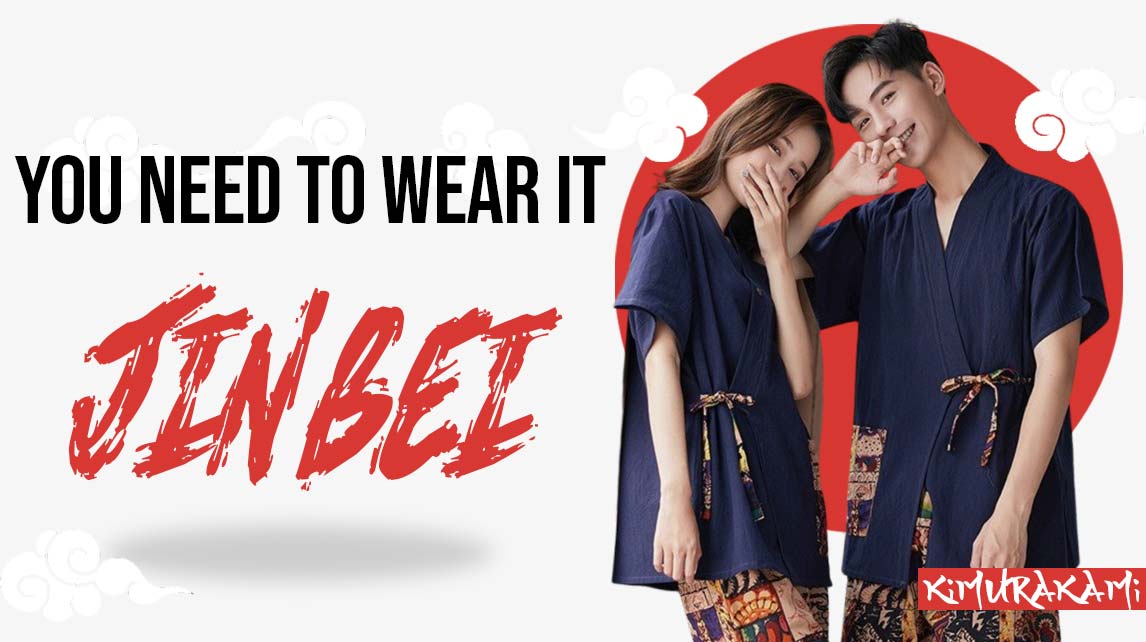
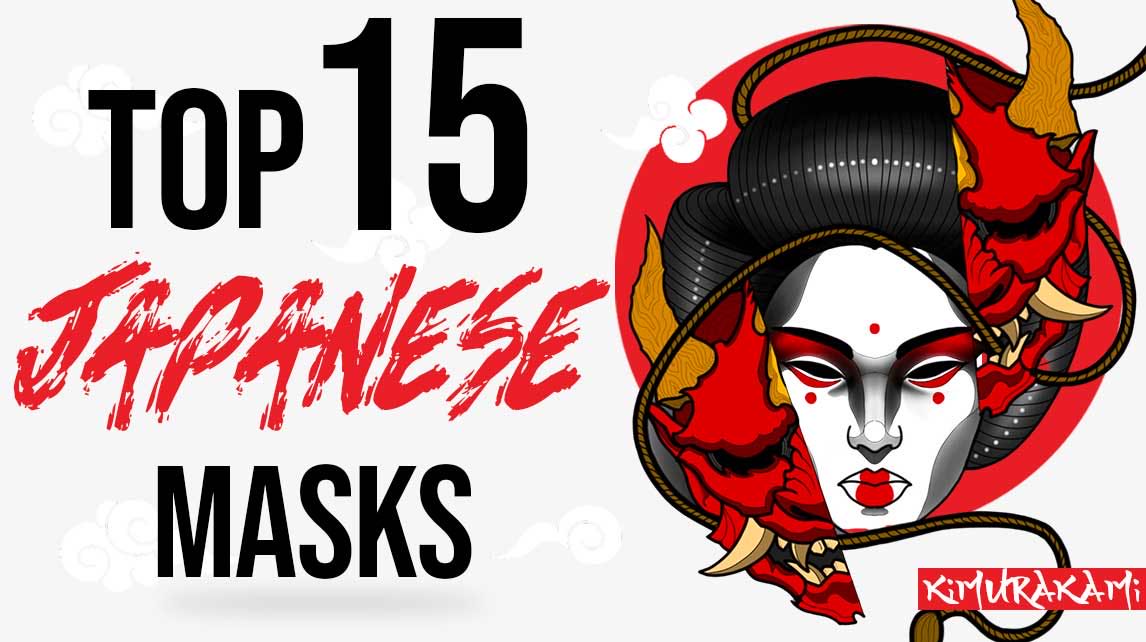
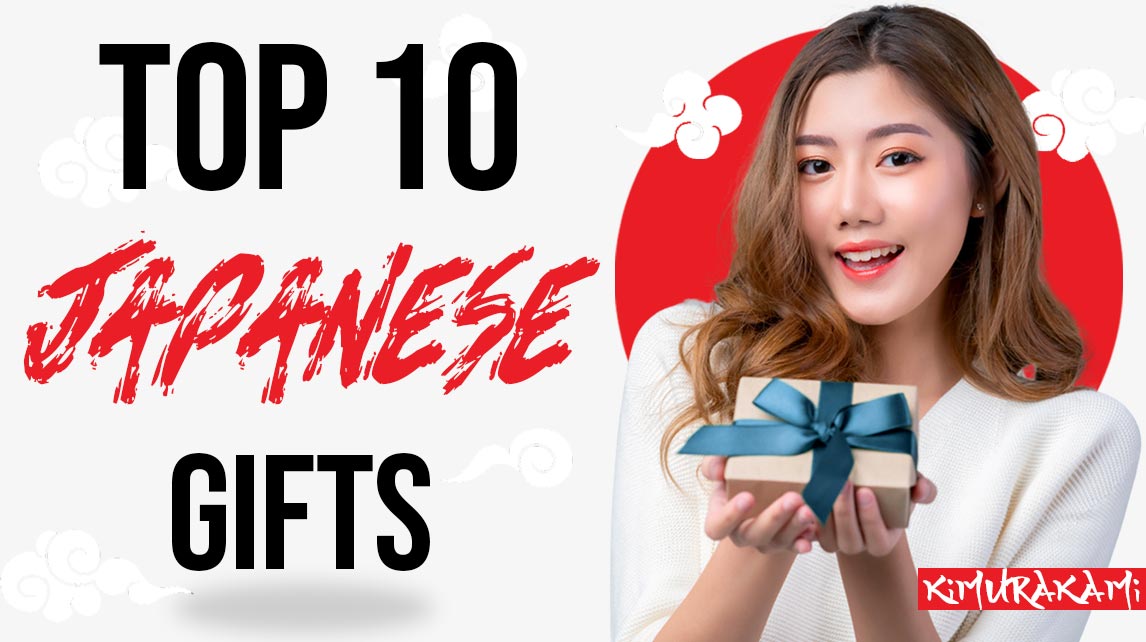
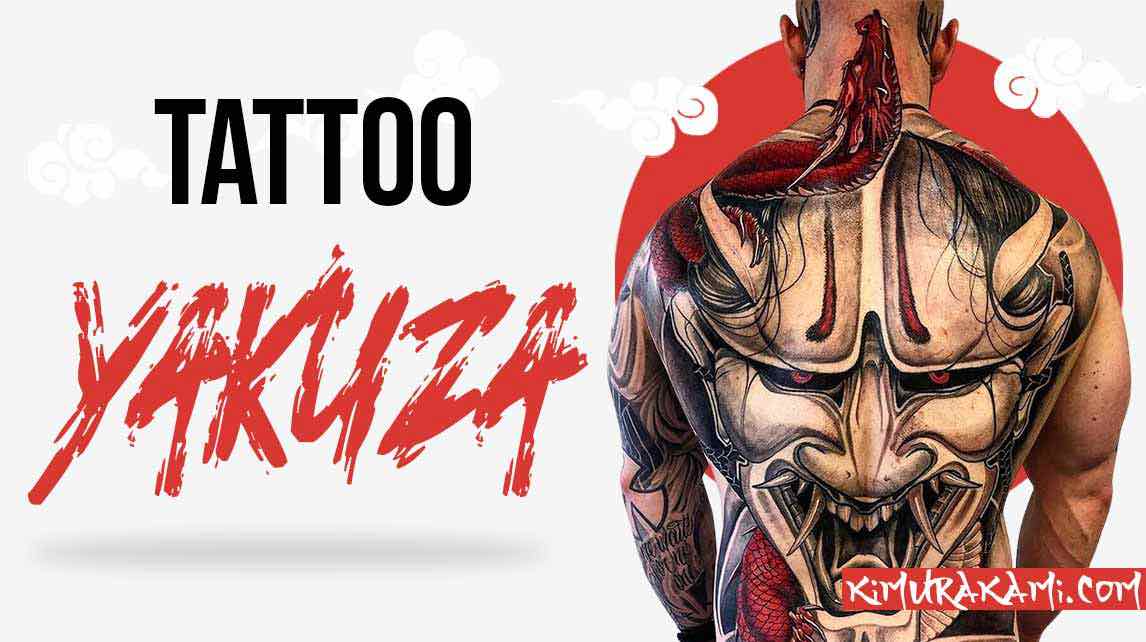
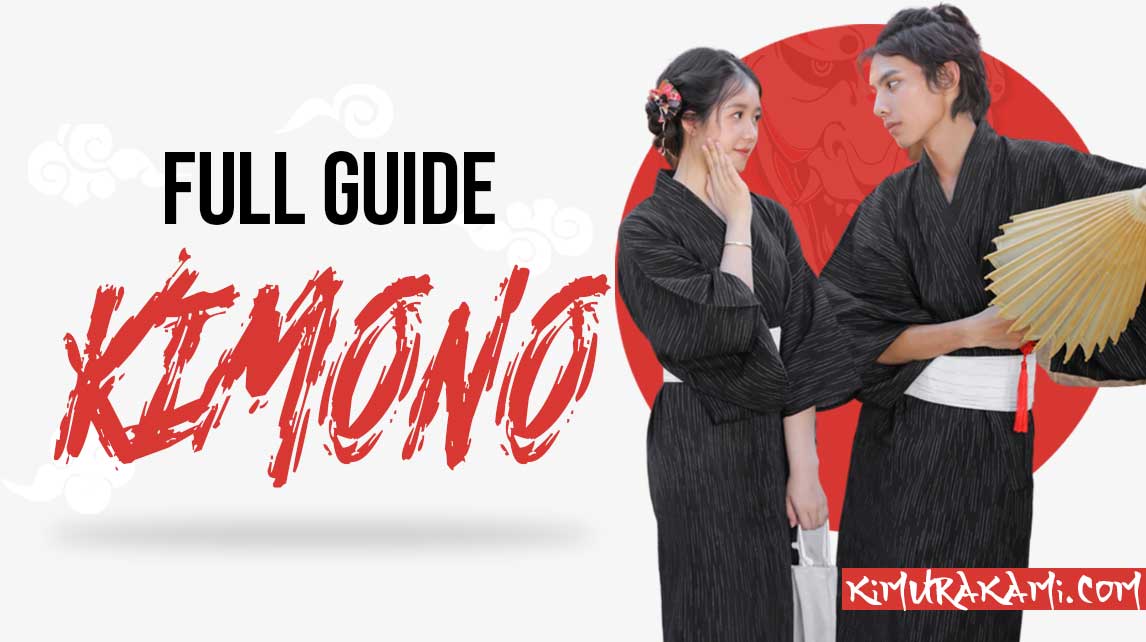
Leave a comment